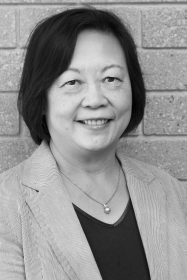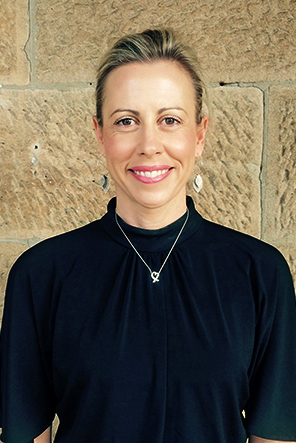HEIDI DOUGLASS | h.douglass@unsw.edu.au
Researchers at the Centre for Healthy Brain Ageing (CHeBA), UNSW Sydney have developed an innovative piece of software which will promote research in cerebral small vessel disease and assist in the early identification of those at increased risk of stroke and vascular dementia. The findings have been published in the journals NeuroImage and NeuroImage: Clinical.
White matter lesions (WML), as seen on brain MRI, are a biomarker of cerebral small vessel disease (CSVD) which is common in older people. The accumulation of WML has been closely associated with various pathological processes, including stroke, cognitive decline and an increased risk of dementia. With an emerging interest in WML research and an increasing number of publicly available databases for neuroimaging, an urgent need had arisen for an efficient and effective tool to automatically detect and quantify WML.
The “UBO Detector” developed by Dr Jiyang Jiang and his colleagues at CHeBA is a fully automated pipeline for segmenting WML that has been successfully and rigorously tested on 2000 elderly brain scans.
“The pipeline takes T1-weighted and T2-weighted FLAIR scans as input. The acquisition of these two types of scans is very common in most research cohorts. The pipeline will generate comprehensive measures and distribution maps of WML,” said Dr Jiang.
“In the study, we showed that 1) UBO Detector-derived WML volumes were in high agreement with rating scores by an expert clinician using a standardised, widely accepted visual rating protocol (the “Fazekas” scale); 2) volumes of WML segmented from UBO Detector were highly correlated across time, suggesting that the segmentation procedure is stable; 3) WML segmentation from UBO Detector was in high agreement with results from manual tracings performed by an experienced researcher,” he said.
According to co-author and head of the Neuroimaging Group at CHeBA, Associate Professor Wei Wen, the UBO Detector uses parallel computing and a graphical user interface.
“It is therefore an easy-to-use, efficient, and accurate toolbox for WML segmentations,” said A/Prof Wen.
TOolbox for Probablistic MApping of Lesions (TOPMAL) was first developed as an extension of UBO Detector to map WML to strategic white matter (WM) tracts in the brain, using a standard WM tractography atlas developed at the Johns Hopkins University (JHU-WM atlas). It can also map other types of CSVD-related lesions, such as lacunar infarcts and microbleeds, to JHU-WM atlas and/or Harvard-Oxford subcortical atlas.
Co-Director of CHeBA and co-author, Professor Perminder Sachdev, said that by using TOPMAL, independent associations of regional WML on strategic WM tracts with cognitive performance, especially in processing speed and executive function domains, were identified.
The researchers also found that the patterns of brain structural volumes in older people were related to their different cognitive abilities.
“The findings emphasize the link between regional white matter changes and cognitive decline, and the importance of studying the distribution of structural lesions in ageing and neuropathology,” said Dr Jiang.
The software is publicly available for download at:
https://cheba.unsw.edu.au/group/neuroimaging-pipeline
Publications:
UBO Detector:
https://www.sciencedirect.com/science/article/pii/S105381191830260X?via%3Dihub
TOPMAL:
https://www.sciencedirect.com/science/article/pii/S2213158218301050
This research is funded by the John Holden Family Foundation.
MEDIA: HEIDI DOUGLASS | h.douglass@unsw.edu.au









